Food and Identity in Modern Brazil
11 min read Exploring how food shapes and reflects Brazil's evolving cultural identity amid modern influences. September 29, 2025 09:05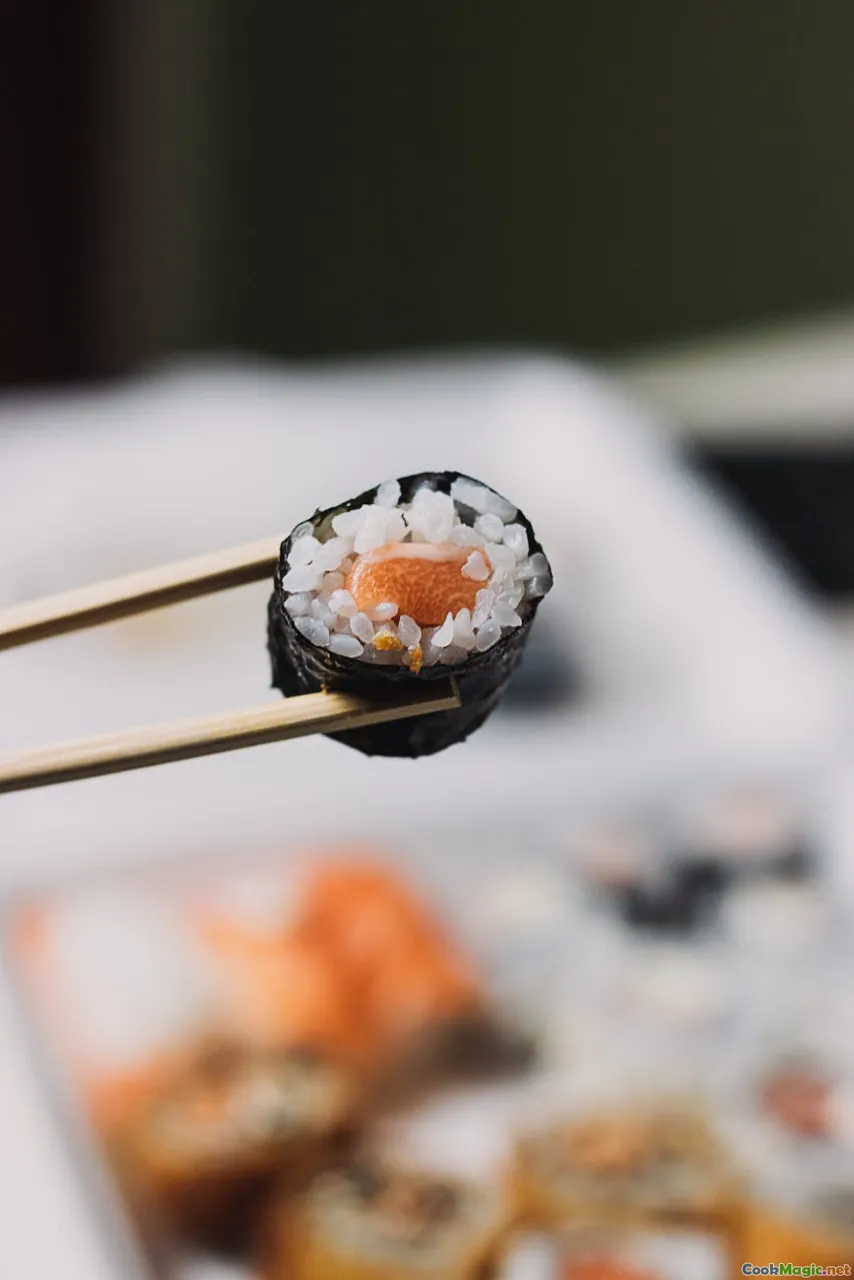
Food and Identity in Modern Brazil
Brazil is a vast tapestry woven from countless cultural threads—indigenous roots, Portuguese colonial history, African traditions, and immigrant influences from Europe, Asia, and the Middle East. Its cuisine has evolved into a vibrant mosaic, reflective of a nation that thrives on diversity and resilience. For culinary enthusiasts eager to explore the soul of Brazil through its gastronomy, understanding the intimate relationship between food and identity offers a revealing glimpse into its social fabric.
The Heartbeat of Indigenous Flavors
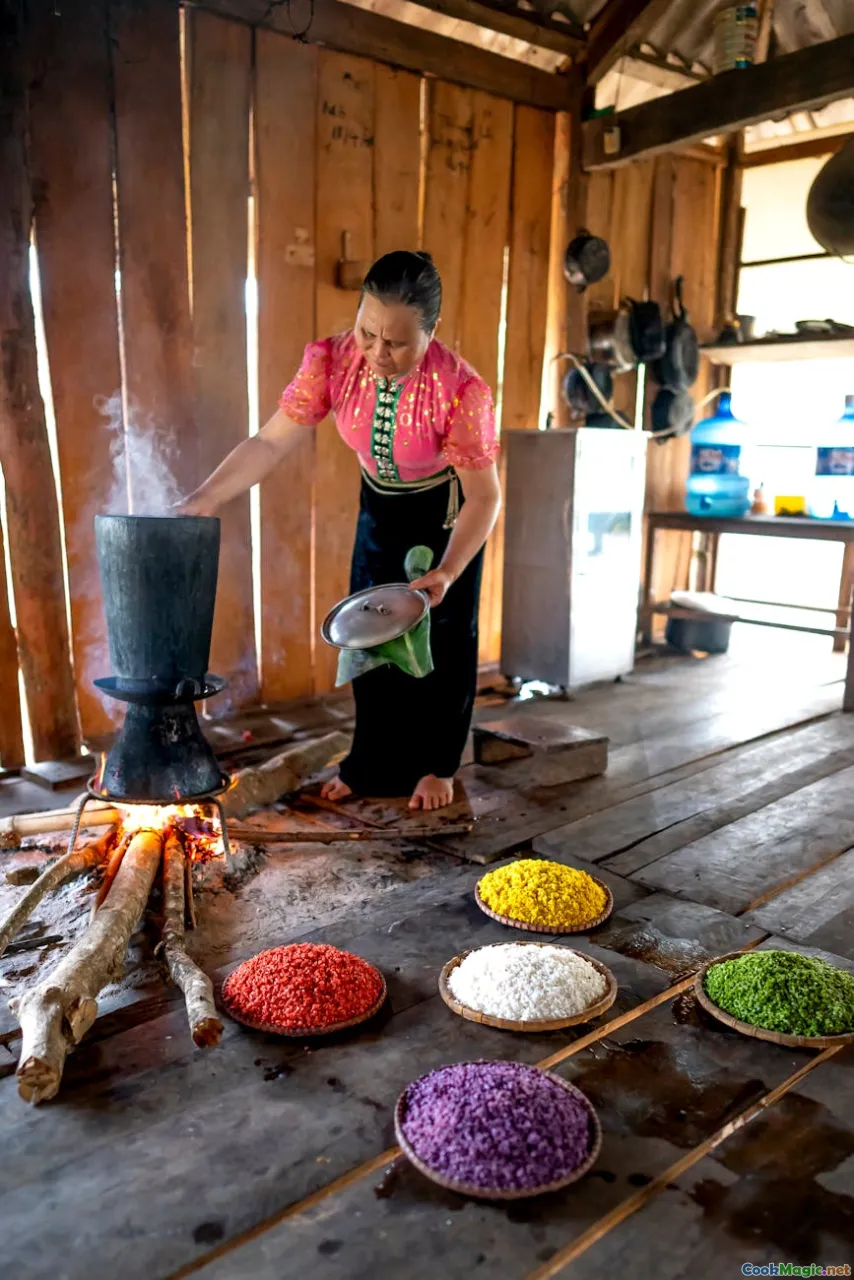
Brazil’s culinary story begins long before European contact, rooted in the diverse indigenous tribes occupying the Amazon basin and surrounding regions. Their foods, characterized by bold, earthy flavors, serve as a foundational element of modern Brazilian cuisine.
Dendê oil, derived from the seeds of the African oil palm, and tucupi—fermented manioc juice—are indigenous staples that continue to flavor dishes today. Native fruits like açaí berries and cupuaçu add tropical sweetness and tartness, their vibrant colors and buzzing aroma as much a part of the visual landscape as they are of local life.
For example, the delicious ‘Tucupi Fish Stew’ (Peixe no Tucupi)—a traditional dish from Pará—envelops tender fish in a bright, citrusy, slightly fermented sauce, aromatic with garlic and ginger, highlighting indigenous ingredients through centuries of culinary continuity.
A Symbiosis of Cultures: The Portuguese Influence
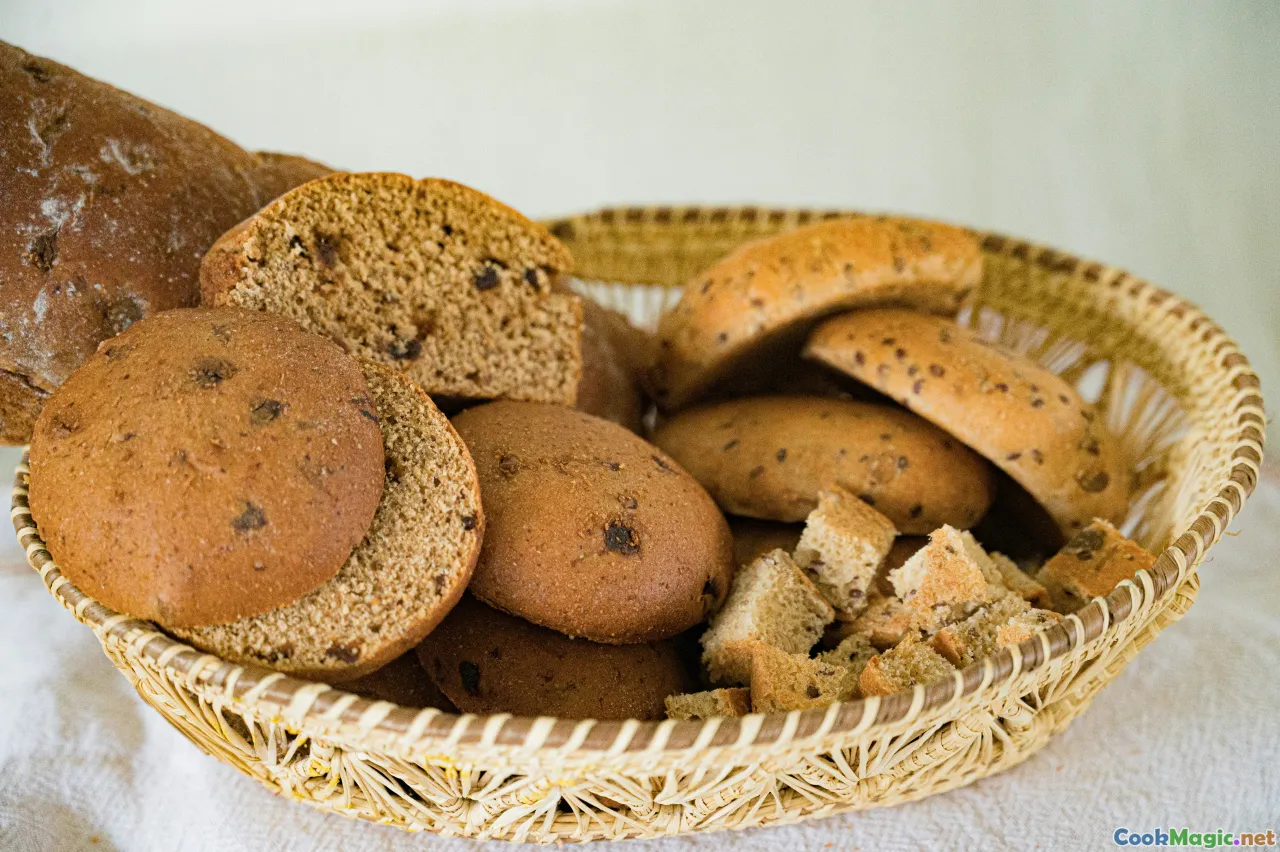
The Portuguese colonization in the 16th century established a lasting culinary footprint that catalyzed Brazil’s unique flavor profile. From refined pastry techniques to the incorporation of spices such as cinnamon and clove, colonial influences melded with indigenous ingredients.
One of the most emblematic contributions is the classical feijoada—a hearty black bean stew with pork, smoked sausages, and dried meat—that evolved into Brazil’s national dish. Its origins, possibly from Portuguese stews or West African ingredients brought by enslaved peoples, embody an ongoing dialogue of adaptation.
A slice of dusty colonial history appears in Portuguese-style pastry shops packed with crispy pastel de nata, or in humble street stalls serving freshly baked pão de queijo—cheese bread with a springy, elastic texture, thanks to native tapioca starch.
The African Diaspora and Culinary Resilience

Few influences have shaped modern Brazil more profoundly than the African slaves who arrived in the 16th century. Their culinary ingenuity created soulful, robust flavors that continue to pulse through local dishes.
Seasonings such as malagueta peppers, ginger, and dendê oil are African in origin, giving dishes like acarajé (deep-fried black-eyed pea balls filled with spicy shrimp) a fiery, smoky depth that resonates emotionally with Afro-Brazilian identities.
Candomblé and other Afro-Brazilian religions not only imbued daily life with spiritual significance but also preserved culinary traditions—offerings of imbibing cacau, coconut, and ginger are central to rituals, forging a link between food and cultural identity.
The Melting Pot of Immigrant Influences
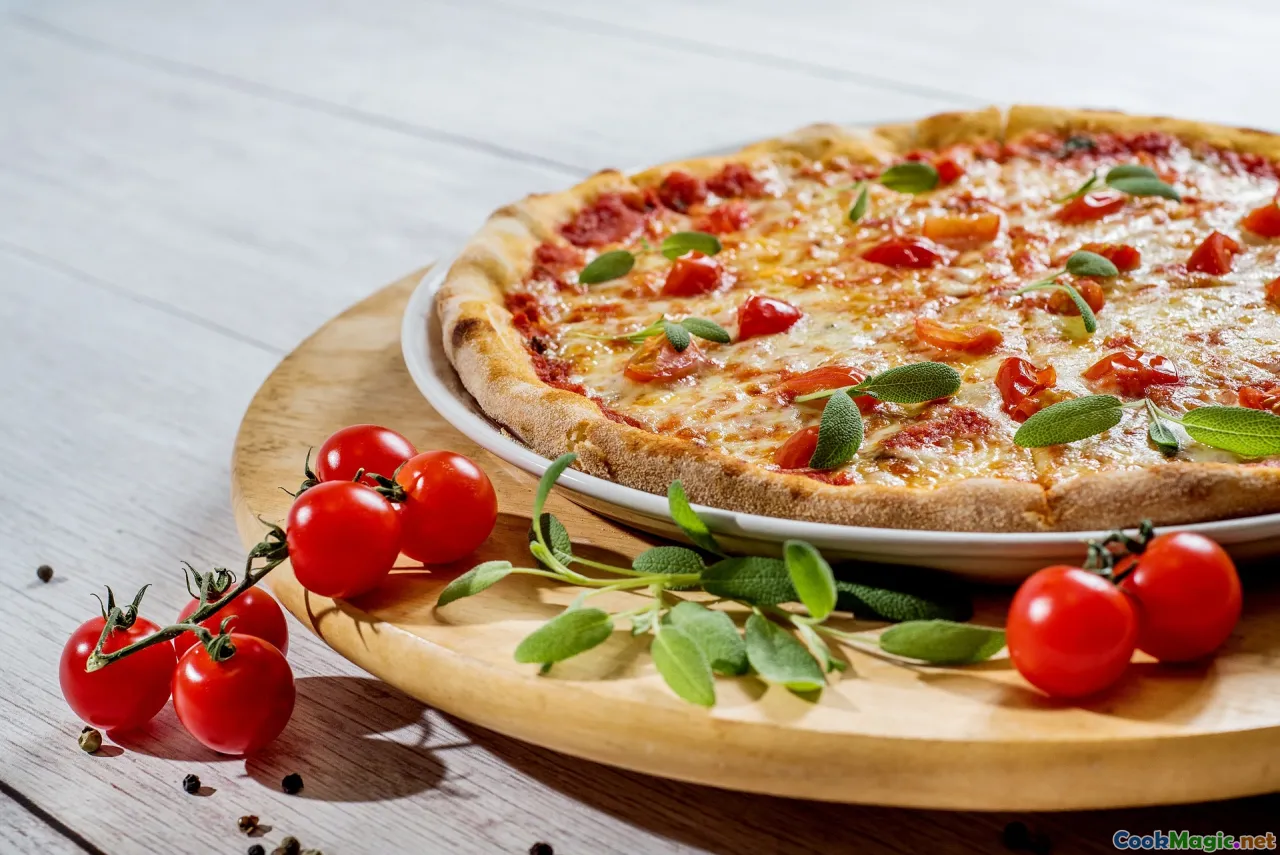
In the 19th and 20th centuries, waves of immigrants arrived—Italians, Japanese, Arabs, and Germans—each carving out distinct spaces in Brazil’s culinary landscape.
Italian immigrants, settling mainly in São Paulo and the south, popularized pizza, pasta, and coffee—trading cornerstone ingredients with local tubers and tropical fruits, leading to inventive fusion dishes like pizza with catupiry cheese and requeijão.
Japanese immigrants introduced tempura, ramen, and ways of pickling vegetables—elements now seen in sushi bars and izakayas throughout Brazil, particularly in São Paulo’s Liberdade neighborhood, where culture and cuisine thrive side by side.
Lebanese, Syrians, and Palestinians infused Brazilian cuisine with künefe, kebabs, and delicacies like esfirra, a savory pastry filled with spiced meats or cheese. These flavors often blend seamlessly into local dishes, revealing a country that celebrates its multicultural DNA.
Street Food as a Reflection of Identity
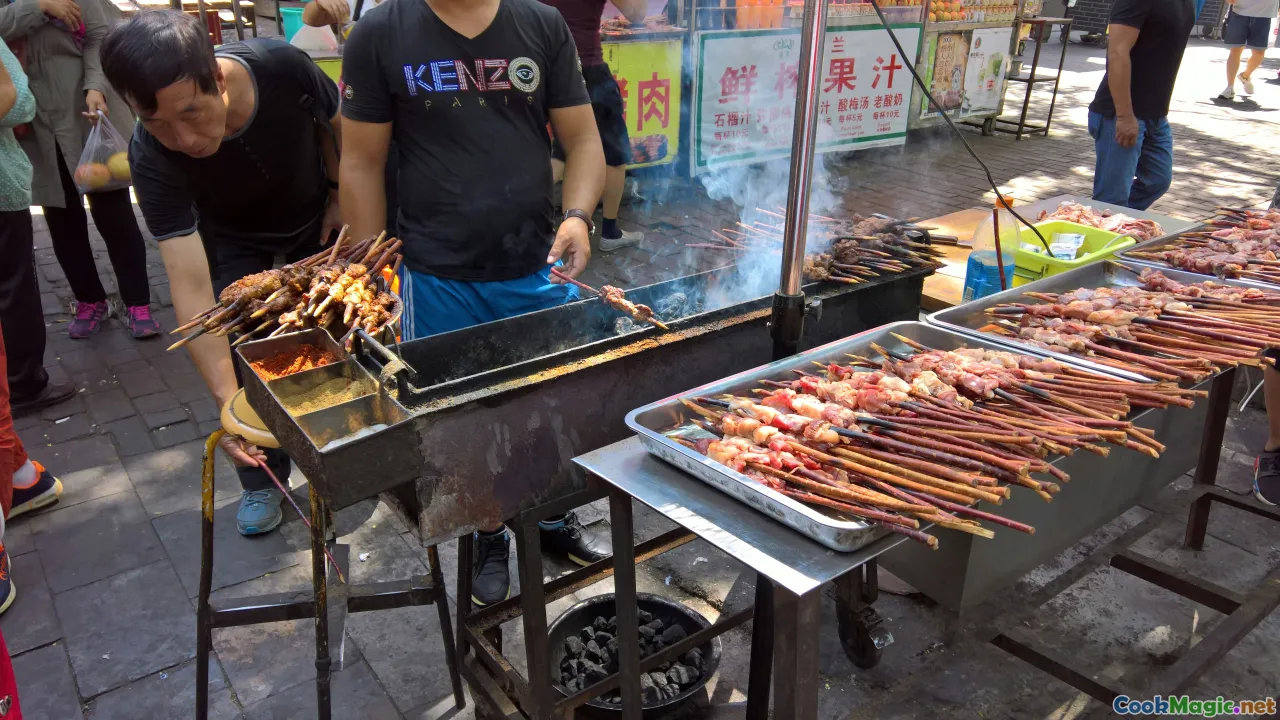
No discussion of Brazilian food is complete without its lively street food scene. From bustling markets to beachside stalls, these culinary expressions mirror everyday life and cultural pride.
Acarajé stalls in Bahia serve fiery black-eyed pea fritters topped with vatapá and shrimp—colorful, aromatic, and ritualistic—grounded in Afro-Brazilian tradition. Meanwhile, churrasco (barbecue) stands focus on impressively seasoned, slow-grilled meats that evoke a family’s communal spirit.
In Rio de Janeiro, fresh tropical fruits like mango, papaya, and pineapple are sliced into vibrantly hued displays—serving as refreshing antidotes to the city's tropical heat while embodying regional abundance.
Contemporary Trends: Reinventing Traditions

Modern Brazilian chefs are breaking molds by reimagining humble ingredients with innovative techniques. This culinary renaissance, riddled with vibrancy and experimentation, is bringing global attention to Brazil’s contemporary scene.
Chefs like Alex Atala have elevated Amazonian ingredients to haute cuisine, transforming traditional fish into delicate ceviches and elaborately plated dishes that respect indigenous sovereignty while pleasing global palates.
Food markets, such as São Paulo’s Mercado Municipal, now feature fusion vendors that combine Brazilian staples—like açaí bowls with exotic toppings or pão de queijo sliders—appealing to younger generations craving authentic yet creative tastes.
Food as a Political and Emotional Marker

In Brazil, food isn’t just nourishment; it’s a vessel of identity, protest, and pride. During political upheavals, food has served as a rallying point—think of the “Temer’s Café” protests or the widespread embrace of traditional dishes during moments of cultural resurgence.
Food festivals like Festa de Iemanjá or flavorsome celebrations of regional dishes foster social cohesion and reaffirm collective identities. Dishes afford a sense of belonging—whether a bowl of feijoada shared among friends or a street festival celebrating Afro-Brazilian culture.
Personal Tales: Food as Memory and Identity

Many Brazilians speak of food as a reservoir of memories—each dish echoing stories of ancestors, migrations, and resilience. My own journey exploring Brazilian cuisine often begins in humble family kitchens, where grandmother’s moqueca (fish stew) or pão de queijo baking in the oven create sensory imprints.
These recipes, passed down through generations, are vessels of cultural endurance—retaining their essence despite modern influences. Sharing a bowl of vatapá or sipping on fresh sugarcane juice in a Bahia village often evokes a profound connection to place and lineage, reinforcing the idea that food is the language of identity.
Embracing the Future: Diversity and Sustainability

Looking ahead, Brazil’s culinary future is rooted in sustainability and inclusivity. Urban agriculture and local sourcing reclaim traditional ingredients while reducing environmental impact.
Young chefs are experimenting with plant-basedBrazilian dishes and embracing underutilized native ingredients, reflecting a societal shift towards health, environmental consciousness, and social justice.
As Brazil continues to evolve, its cuisine remains an expression of unyielding cultural resilience—an ongoing conversation between history and innovation, rooted in the land and shaped by the diverse voices that call this vast country home.
Food, in Brazil, is more than sustenance; it is an identity, a story told one flavor, one tradition at a time—a delicious testament to a nation that celebrates complexity, community, and change.









